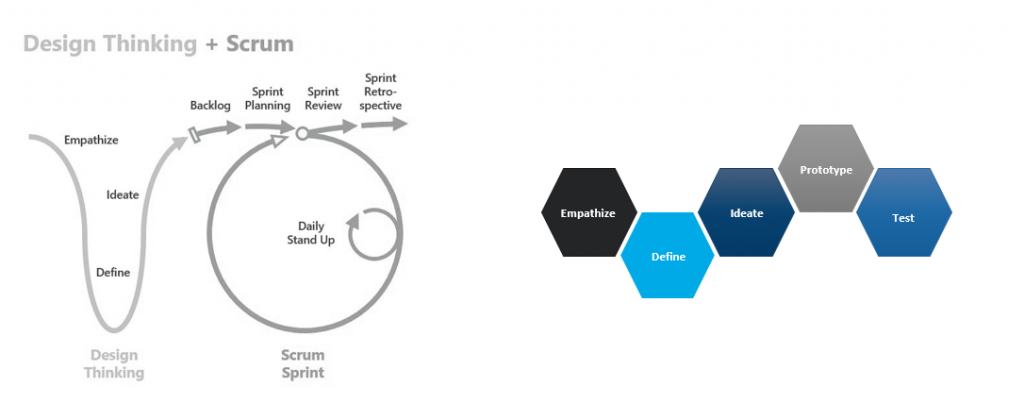Accepting Agile software development is a complex transformation that requires an Agile Mindset. Organizations will succeed only when application managers understand and embrace the full scope of the challenge.
A Scrum is the most common framework to implement Agile but being Agile is not just creating a team of developers and having them perform software development iterations. There are three well-defined roles and process rules within Scrum. Besides Sprint meetings, Scrums include Agile practices from XP, Product Owners, Scrum Masters and Development Team, who all play a part in defining and contributing to the agile mindset.
The common ideology is we will be more successful in Agile at our company if we can have our own form of Agile that’s consistent with our company’s culture. Most times, leaders feel that they can make exceptions to these roles and rules instead of understanding their importance and following Agile principles completely. After months of struggling, these application managers will wonder what went wrong – and why industry guidance won’t work for them and why they are not able to meet targets promised by them to their Managers.

In order to fully embrace Agile, start with adopting the process exactly as it is defined. Spend at least a year to understand this process thoroughly. Once Agile teams know the rules well enough, and why they were made – they can deviate from a rule or add a new rule as required. Once these teams attain mastery level then neither rules nor deviation from rules is relevant.
Cultural differences between waterfall and agile Scrum methodologies can influence and shape the way teams see themselves. Waterfall teams are formed around phases, separate testing teams, completion dates, etc., while agile teams use time-boxed sprints to provide a bounded limit for delivering an increment of business value. Due to frequent interactions with customers and shorter iterations, teams can change implementations quickly if required. Waterfall failures are usually discovered months later in the testing phase when change is far more time-consuming and expensive.
Transparency is another key aspect of the Agile mindset. Willingness to share openly both challenges and successes will fuel the Agile mindset. In short, bringing a legacy mindset into Scrum is a recipe for disaster.





